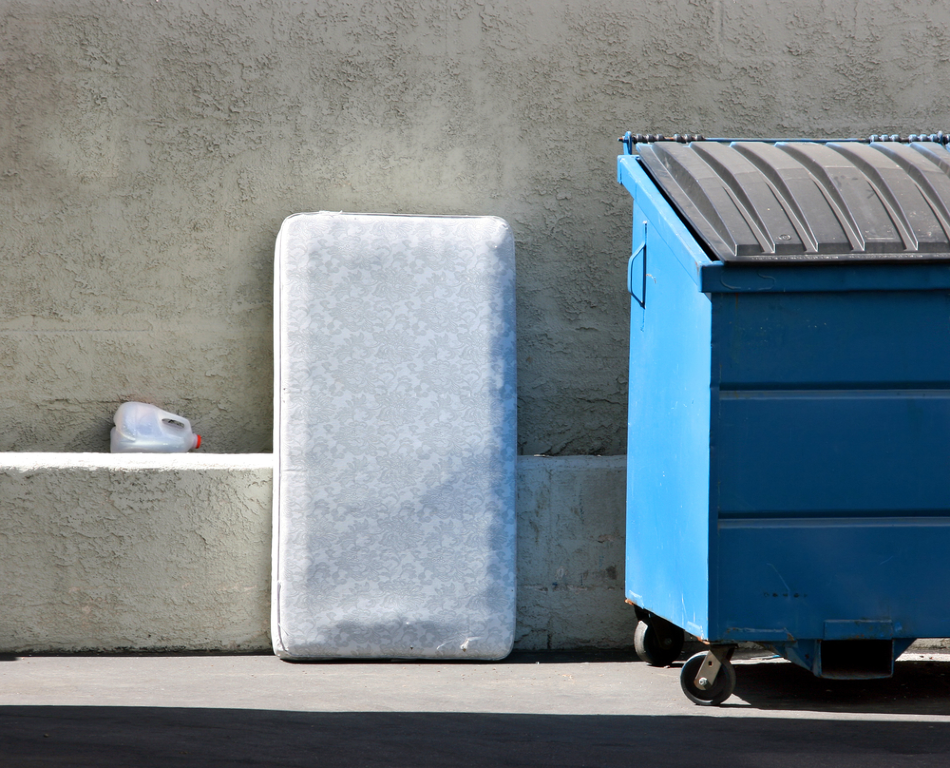Apr 30 2020
Several products are made of polyurethanes (PUs), for example, insulation, mattresses, construction materials, and footwear.

Image Credit: egd/Shutterstock.com
Due to the wear and replacement of such products, huge amounts of waste are synthesized and there is a demand for new PUs, usually made from toxic base materials.
To recycle the PU waste, a few techniques have been tried but these lead to lower-value products. In ACS Central Science, a group of researchers has now described a method to recycle the used PU into items of corresponding or even higher value.
It is not feasible to recycle the traditional PU just by heating, since it contains polymer networks held together by powerful chemical bonds that do not flow upon heating. Rather, PU can only be downcycled into materials of low value.
Few research groups have created new kinds of PU with crosslinks that can be disintegrated and rebuilt in response to a stimulus, thus enabling the PU to be recycled.
However, this method would need the industry to commercialize new base materials, and it would not solve the problem of traditional waste that lasts in landfills. Moreover, such techniques have not been tested on foams, the form in which a majority of the PU is utilized in products.
Another group of researchers designed a method to recycle modified PU or traditional polyester by immersing it in a catalyst solution, allowing the material to be re-shaped into products of similar or higher value.
William Dichtel and his collaborators intended to investigate this idea further by making use of various crosslink exchange chemistry and combining it with processing methods that are industrially relevant, to recycle traditional PU foams into hard plastic and rubber.
The research group initiated this process by crushing the PU film or foam and combining the particles in a catalyst solution. Following the drying process, the particles were compression-molded to develop new films. The compression-molded films produced good-quality products, but the foam handled in this method led to inhomogeneous and cracked materials.
This issue was resolved by forming a twin-screw extrusion process that enhanced mixing and air removal in recycled foams, in comparison with the compression molding method. The researchers noted that this new technique could be utilized for the constant recycling of huge quantities of PU waste presently landfilled or newly produced.
This study was financially supported by the National Science Foundation through the Center for Sustainable Polymers.
Journal Reference:
Sheppard, D. T., et al. (2020) Reprocessing Postconsumer Polyurethane Foam Using Carbamate Exchange Catalysis and Twin-Screw Extrusion. ACS Central Science. doi.org/10.1021/acscentsci.0c00083.